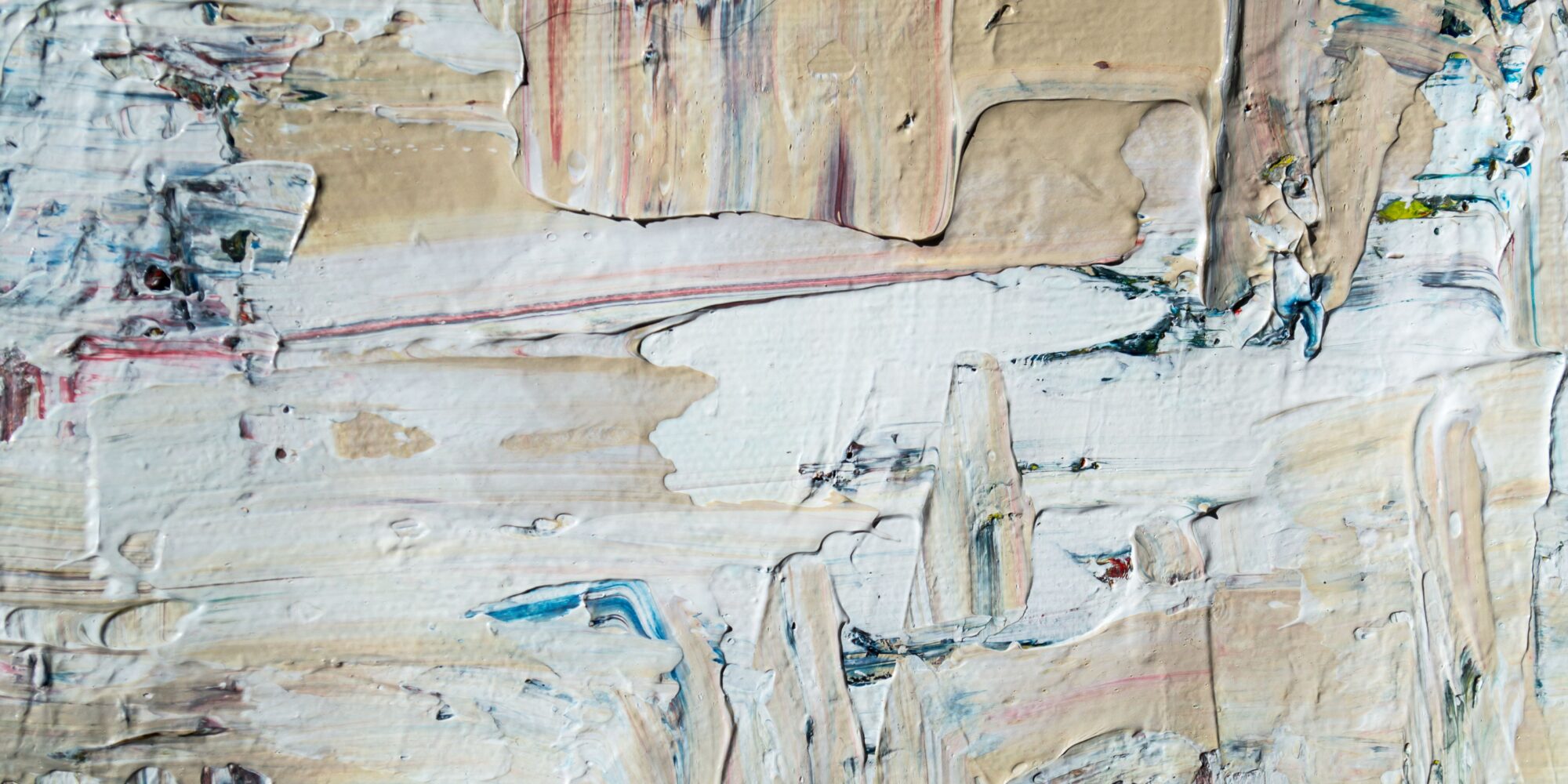Last Updated on March 17, 2025 by MishaOriginalsArt

Art investment has emerged as an increasingly attractive alternative asset class, offering both aesthetic pleasure and potential financial returns.
This comprehensive guide explores the fundamentals of art investment, strategies for success, and important considerations for both novice and experienced collectors exploring investing in original art.
Understanding the Art Market
The art market is unique among investment vehicles, combining elements of financial markets with cultural and aesthetic values. Unlike traditional investments, art offers tangible assets that can provide both personal enjoyment and potential appreciation in value.
The global art market reached unprecedented levels in recent years, with both established galleries and online platforms making art more accessible to investors.
Key Market Segments
The art market can be broadly divided into several segments:
- Primary Market: This involves purchasing artwork directly from artists or their representing galleries. These pieces are being sold for the first time and often represent opportunities to acquire works from emerging artists at relatively lower prices.
- Secondary Market: This encompasses resale transactions through auction houses, galleries, or private dealers. This market typically deals with established artists and tends to be more predictable in terms of pricing and value appreciation.
- Contemporary Art: Works by living artists or those created after World War II. This segment often shows the most volatility but can also offer the highest potential returns.
- Modern Art: Created roughly between the 1860s and 1960s, this category includes well-known movements like Impressionism and Abstract Expressionism.
Building Your Investment Strategy
Success in art investment requires a well-thought-out strategy that aligns with your financial goals and personal interests.
Research and Education
Before making significant investments, dedicate time to understanding art history, current market trends, and various artistic movements. Visit museums, galleries, and art fairs to develop your eye and knowledge base. Subscribe to art publications and follow reputable online resources to stay informed about market developments.
Market Analysis
Study past auction results and price trends for artists or styles that interest you. Several online databases provide historical price data and market analytics. Understanding price dynamics and market cycles can help inform your investment decisions.
Risk Management
Diversification is crucial in art investment. To minimize risk, consider spreading investments across different:
- Artists (both established and emerging)
- Mediums (paintings, sculptures, photographs)
- Periods and styles
- Price points
Due Diligence and Authentication
Proper authentication and provenance research are essential to protect your investment.
Authentication Process
Work with reputable experts to verify the authenticity of potential purchases. This may include:
- Technical analysis of materials and techniques
- Documentation review
- Expert opinions from recognized authorities
- Scientific testing when appropriate
Provenance Research
Thoroughly investigate the artwork’s ownership history. Clear provenance can significantly impact value and helps prevent legal issues related to stolen or illegally exported art.
Practical Considerations
Storage and Conservation
Proper storage and maintenance are crucial for preserving your investment’s value. Consider:
- Climate-controlled storage facilities
- Professional art handling services
- Regular conservation assessments
- Appropriate insurance coverage
Documentation
Maintain detailed records of:
- Purchase documentation
- Condition reports
- Conservation history
- Exhibition history
- Insurance policies
- Professional appraisals
Exit Strategies
Plan your exit strategy before making purchases. Consider:
- Holding periods (typically 5-10 years minimum)
- Potential sales channels
- Market timing
- Tax implications
Over to You
Investing in original art requires careful research, strategic planning, and ongoing attention to market dynamics. While the potential for financial returns exists, successful art investment typically combines financial objectives with genuine appreciation for the artwork itself.
By understanding market fundamentals, conducting thorough due diligence, and maintaining proper care of acquisitions, investors can build collections that offer both aesthetic enjoyment and potential financial appreciation.
Remember that art investment should be approached with a long-term perspective and as part of a diversified investment strategy. The unique characteristics of the art market – including its illiquidity and subjective nature – make it essential to invest thoughtfully and within your means. With proper research, guidance, and patience, art investment can be both personally rewarding and financially beneficial.

